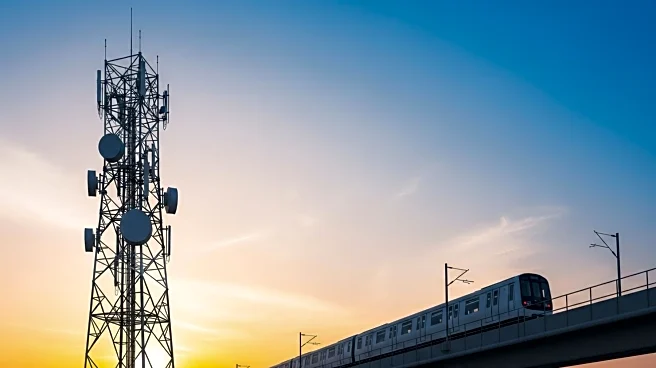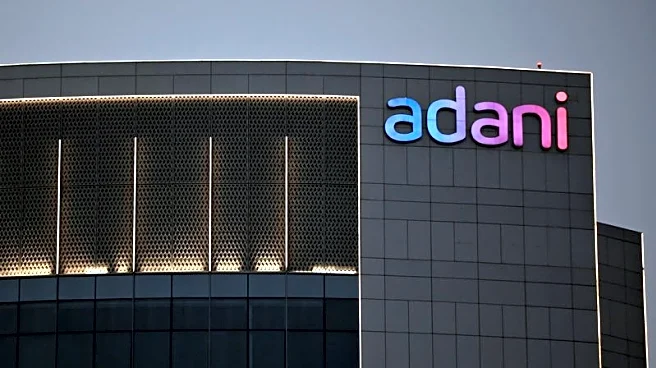What's Happening?
ACES India, a telecom infrastructure provider, has partnered with Bharat Sanchar Nigam Limited (BSNL) to implement 4G and 5G in-building solutions across the newly inaugurated Mumbai Metro Aqua Line-3. This collaboration aims to ensure uninterrupted, high-speed mobile connectivity for commuters along the 33.5 km underground corridor, which includes 27 stations and associated tunnel networks. This marks BSNL's first deployment of an advanced in-building system in a metro project in Maharashtra, setting new standards for underground connectivity and public service delivery.
Why It's Important?
The deployment of advanced 4G and 5G solutions in the Mumbai Metro Aqua Line-3 is significant for enhancing urban mobility and connectivity. It represents a major milestone for BSNL and ACES India, as it expands their footprint in India's smart mobility and telecom infrastructure sectors. This initiative is expected to improve commuter experience by providing reliable mobile connectivity, which is crucial for daily communication and access to digital services. The project also highlights the growing importance of integrating advanced telecom solutions with urban infrastructure to support smart city initiatives.
What's Next?
As the Mumbai Metro Aqua Line-3 becomes fully operational, stakeholders will likely monitor the performance and reliability of the newly deployed connectivity solutions. The success of this project could pave the way for similar deployments in other metro systems across India, enhancing urban connectivity nationwide. Additionally, BSNL and ACES India may explore further collaborations to expand their telecom infrastructure capabilities, potentially leading to more innovative solutions in the smart mobility sector.
Beyond the Headlines
The integration of advanced telecom solutions in metro systems reflects a broader trend towards smart urban infrastructure. This development could influence future urban planning and public transportation projects, emphasizing the need for seamless connectivity in densely populated areas. It also raises considerations about data security and privacy, as increased connectivity may lead to higher data usage and potential vulnerabilities.












